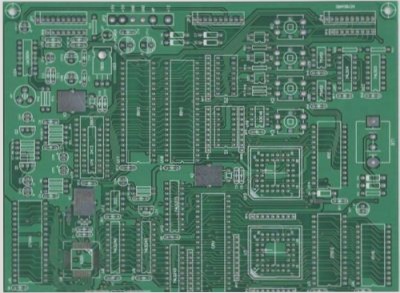Optimized Pre-Treatment Process for PCB Fabrication
After conducting numerous experiments based on the company’s specific conditions, the pre-treatment process for PCB fabrication has been thoroughly optimized, leading to successful outcomes.
Pre-Treatment Process Flow:
- Water Pre-Soaking
- Pickling
- Water Cleaning
- Brushing
- High-Pressure Water Washing
- Municipal Water Washing
- Water Roller Squeezing
- Cold Air Drying
- Hot Air Drying
Specific Operations and Precautions:
- Water Pre-Soaking: Essential for removing impurities and accelerating pickling. Control machine speed to prevent surface damage.
- Pickling: Use 5-10% sulfuric acid solution for 1 minute to eliminate impurities. Rinse with city water afterward.
- Brushing the Board: Employ 300-mesh and 500-mesh brushes carefully to enhance mechanical action without causing scratches.
- High-Pressure Water Washing: Maintain pressure above 12.5bar to ensure thorough cleaning and insulation resistance.
- Water Squeezing Rollers: Utilize three sets of rollers to remove excess water and prolong their lifespan.
- Cold Air Drying: Prevent oxidation by blowing out water and controlling wind direction.
- Hot Air Drying: Dry board surface and holes at 75-85℃ for proper ink adhesion post-silkscreen solder mask application.
By following these optimized processes and parameters, the PCB pre-treatment ensures high-quality results and efficient production.



